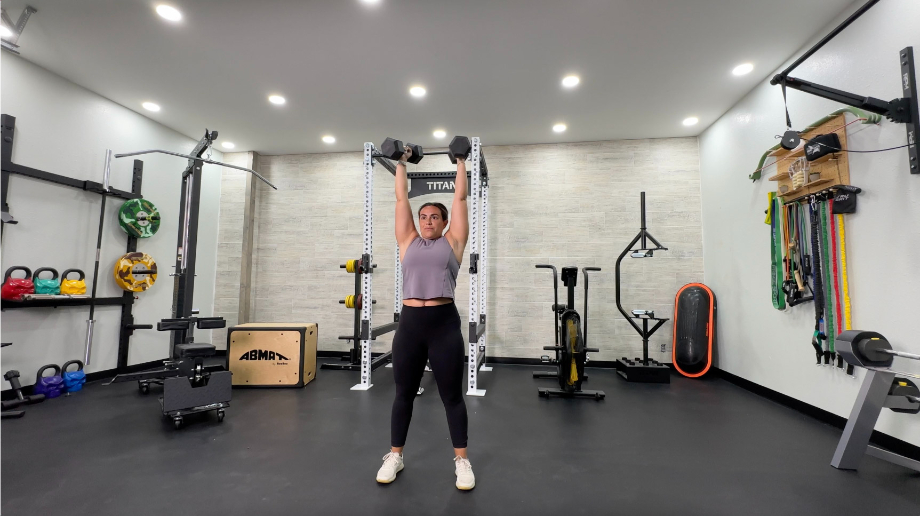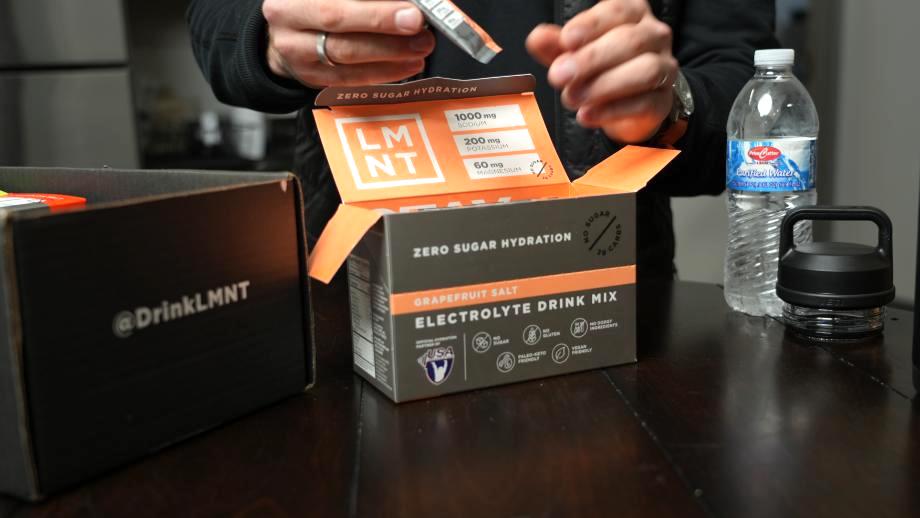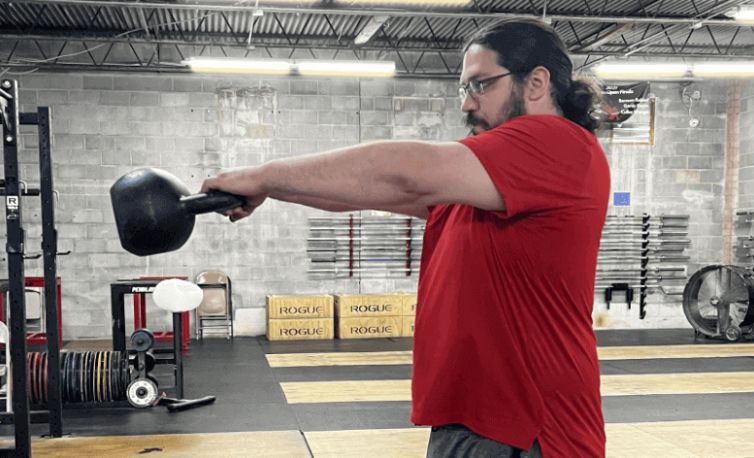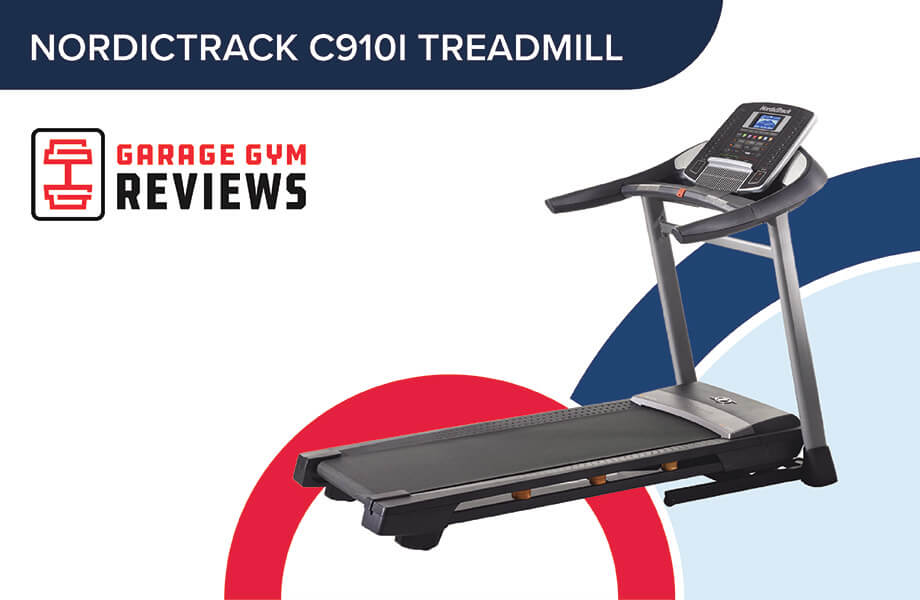There are several types of training methods available to you. You can do regular strength training, steady-state cardio, circuit training, Fartlek training, and—drumroll please—interval training. As a certified personal trainer (CPT), I’ve been doing interval training for the past 10 years and practice it with my clients. Interval training workouts are usually quicker than regular workouts, can help improve cardiovascular fitness, and may help support weight loss.
So, if interval training is new to you and you don’t know how to get started, you’ve come to the right place. I’ll begin this guide by explaining the key principles of interval training before sharing five interval training workouts for different fitness levels and goals. Then, I’ll go through some expert tips on how to make your interval workouts more effective and the benefits of exercising this way.
Let’s dial up the intensity!
What Is Interval Training?
If you’ve ever done a high-intensity interval training (HIIT) workout, you already have some experience with one type of interval training. With interval training workouts, you exercise for a specified length of time and then rest or reduce the intensity before going again. Studies show1 that exercising this way can help to improve your VO2 max and aerobic exercise performance.
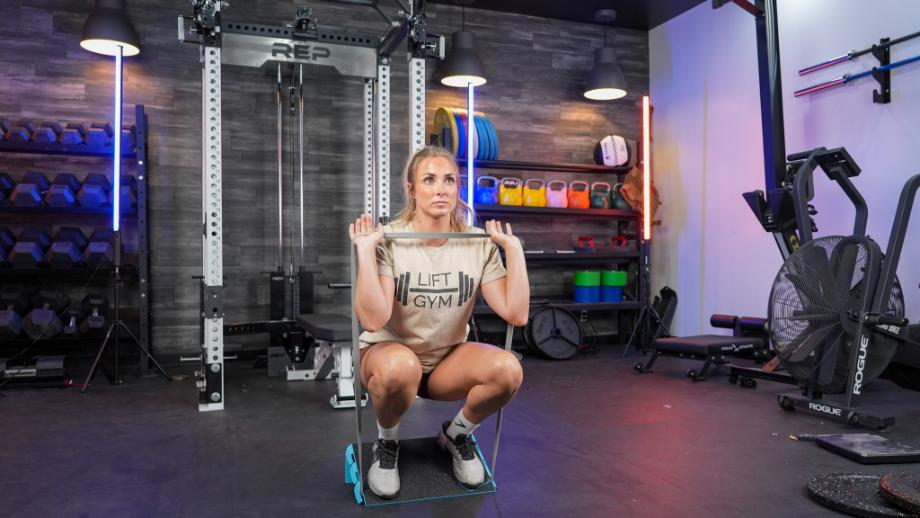
Let me be clear on one thing, however—interval training workouts don’t have to be high-intensity (although they can be!). You’ll see more on this below, but you can exercise for a minute or more before resting or reducing the intensity. With HIIT workouts, the goal is to maximize your calorie burn in a short period.
5 Interval Training Workouts
Now that you understand what interval training is, let’s begin with my interval training workouts for different fitness levels and goals.
Interval Training Workout for Beginners
For beginners, I’ve included five exercises that require no equipment:
- Bodyweight squat
- Push-up
- Jumping jacks
- Reverse lunge
- Mountain climbers
You’ll do as many repetitions as you can in 30 seconds on the first exercise, then rest or lightly jog in place for 45 seconds. Next, perform the second exercise for 30 seconds before reducing the intensity again for another 45 second rest or jog. Keep going until all five exercises are complete.
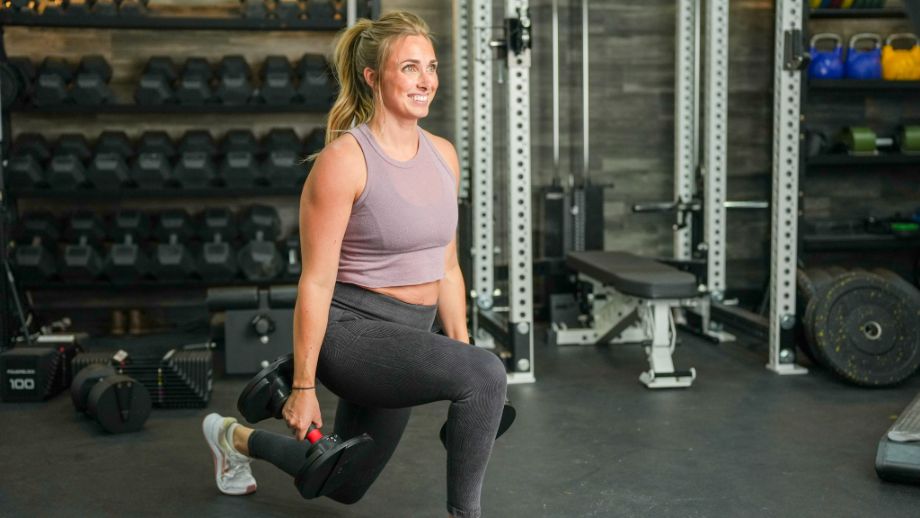
Once the round is over, the choice is entirely up to you—stop there or do another round.
| Exercise | Time | Rest |
| Bodyweight squat | 30 sec | 45 sec |
| Push-up | 30 sec | 45 sec |
| Jumping jacks | 30 sec | 45 sec |
| Reverse lunge | 30 sec | 45 sec |
| Mountain climbers | 30 sec | 45 sec |
Before you start the workout above, warm up by walking or jogging for a few minutes, then doing dynamic exercises such as leg swings, arm swings/circles, or resistance band pull-aparts. If bodyweight squats are too easy, add resistance by holding a dumbbell or kettlebell. For those who find push-ups difficult, perform them on your knees instead.
RELATED: Best Warm-Up Exercises
Interval Training Workout for Hypertrophy
If your fitness goal is to increase muscle size, your interval workout will differ from the above. Below are the six exercises that you’ll be performing:
- Pull-up
- Goblet squat
- Barbell bench press
- Dumbbell shoulder press
- Hamstring curl
- Seated cable row
As you can see, you’ll use a combination of your body weight, dumbbells, kettlebells, barbells, and fixed resistance machines. For each exercise, do as many reps as possible (AMRAP) in 45 seconds, ensuring that you maintain proper form. Then, rest for one minute between exercises, which means each round will take just over 10 minutes.
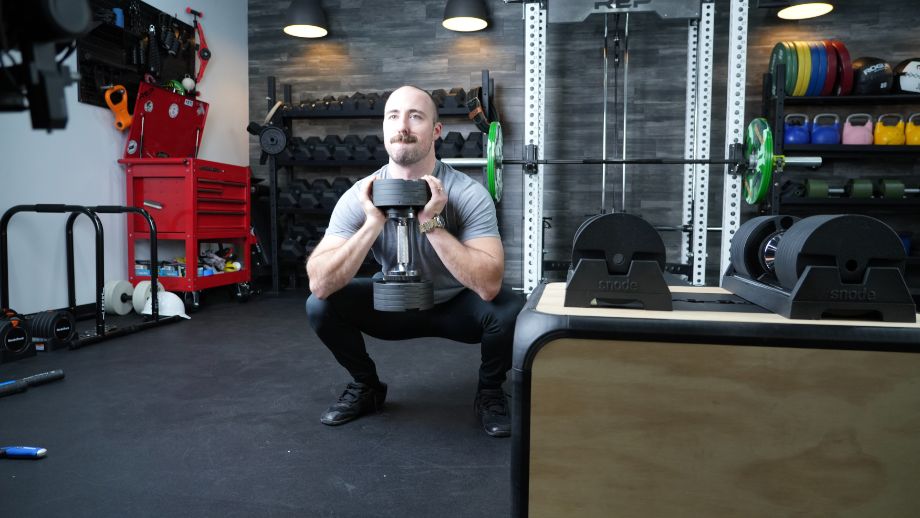
I recommend doing this interval training workout for hypertrophy for a total of three rounds. Because you want to build muscle, training volume matters, as shown in a 2022 systematic review by the Journal of Human Kinetics2. Before you start, warm up by doing cardio and dynamic exercises, similar to what you saw above.
| Exercise | Time | Rest |
| Pull-up | AMRAP (45 sec) | 1 min |
| Goblet squat | AMRAP (45 sec) | 1 min |
| Barbell bench press | AMRAP (45 sec) | 1 min |
| Dumbbell shoulder press | AMRAP (45 sec) | 1 min |
| Hamstring curl | AMRAP (45 sec) | 1 min |
| Seated cable row | AMRAP (45 sec) | 1 min |
RELATED: Hypertrophy Workout 101
Wondering what weight should you use for the above exercises? Great question! According to Sports (Basel)3, anywhere between 60% and 80% of your one-rep max is ideal to optimize hypertrophic gains.
Also, if pull-ups are too challenging, do a pull-up variation instead (for example, inverted rows, negative pull-ups, or band-assisted pull-ups).
Interval Training Workout for Muscular Endurance
Exercising for longer intervals can help improve your muscular endurance. That’s exactly what you’ll see with the workout below, using the following seven exercises:
- Dumbbell bench press
- Bent-over barbell row
- Dumbbell Romanian deadlift
- Machine shoulder press
- Walking lunge
- Push-up
- V-up
Perform each exercise for one minute before resting for 30 seconds. Because the amount of time you exercise is longer than the hypertrophy workout above—and the rest periods are shorter—you’ll need to reduce your weight. For muscular endurance, loads should be below 60% of your one-rep maximum, according to Sports (Basel)3.
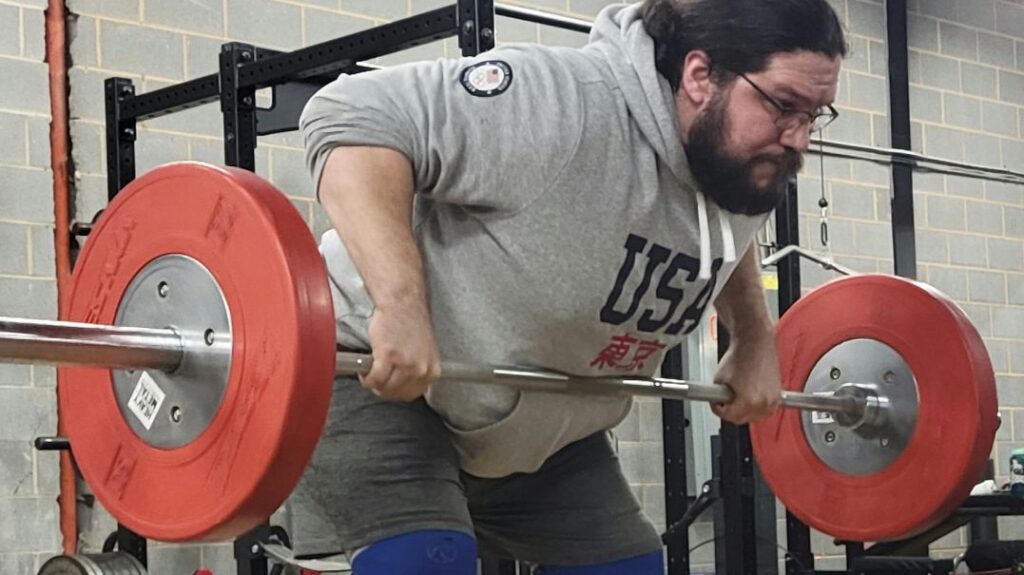
Repeat the workout two or three times to make the most of it.
| Exercise | Time | Rest |
| Dumbbell bench press | 1 min | 30 sec |
| Bent-over barbell row | 1 min | 30 sec |
| Dumbbell Romanian deadlift | 1 min | 30 sec |
| Machine shoulder press | 1 min | 30 sec |
| Walking lunge | 1 min | 30 sec |
| Push-up | 1 min | 30 sec |
| V-up | 1 min | 30 sec |
Warming up before you start is crucial, so you’ll want to do cardio and dynamic exercises. If push-ups are too easy or too difficult, we have a guide on push-up variations. Although I’ve included V-ups in this workout, feel free to replace them with any of the best ab exercises to build core strength.
Treadmill Interval Training Workout
We have a complete treadmill interval training workouts guide that goes into more detail, but if strength training isn’t for you, you might enjoy this cardio workout:
Treadmill Interval Training Workout
- Minutes 0 to 2: Brisk walk or light jog
- Minutes 2 to 3: Run at a lower intensity
- Minutes 3 to 4: Run at a higher intensity
- Repeat 6 times for a total of 24 minutes.
The first interval (where you’re brisk walking or light jogging) should allow you to increase your heart rate, but you should be able to talk to others. In the second interval, where you’re running at a lower intensity, don’t go all out; the final interval is where you aim to hit your maximum heart rate.
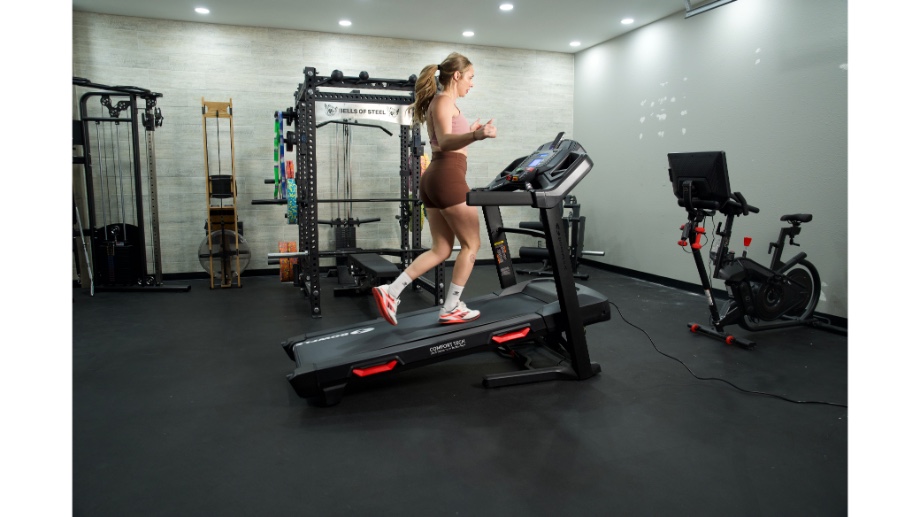
Why should you do interval training on the treadmill rather than steady-state cardio? One benefit of treadmill interval training is that you usually burn calories quickly. This is because of the higher stress it places on your body. As a certified personal trainer (CPT), my clients prefer interval training because it’s less repetitive than steady-state cardio, helping them to feel more engaged. I share the same view.
RELATED: Best Treadmills for a Home Gym
High-Intensity Interval Training Workout for Busy People
Some of the above interval training workouts sound fantastic, but you simply don’t have the time. I get it. Here’s a high-intensity interval training workout that you can do in 10 minutes:
- Squat jump
- Diamond push-up
- Kettlebell swing
- Burpee
- Lunge
- Russian twist
- Inchworm
- Plank jacks
- Bear crawl
- High knees
You’ll do the first exercise for 20 seconds and then rest for 10 seconds. Once the recovery period is up, perform the second exercise for 20 seconds before resting again for 10 seconds. Continue until you complete all 10 exercises. One round takes roughly five minutes, so—as you’ve likely guessed—this isn’t the end.
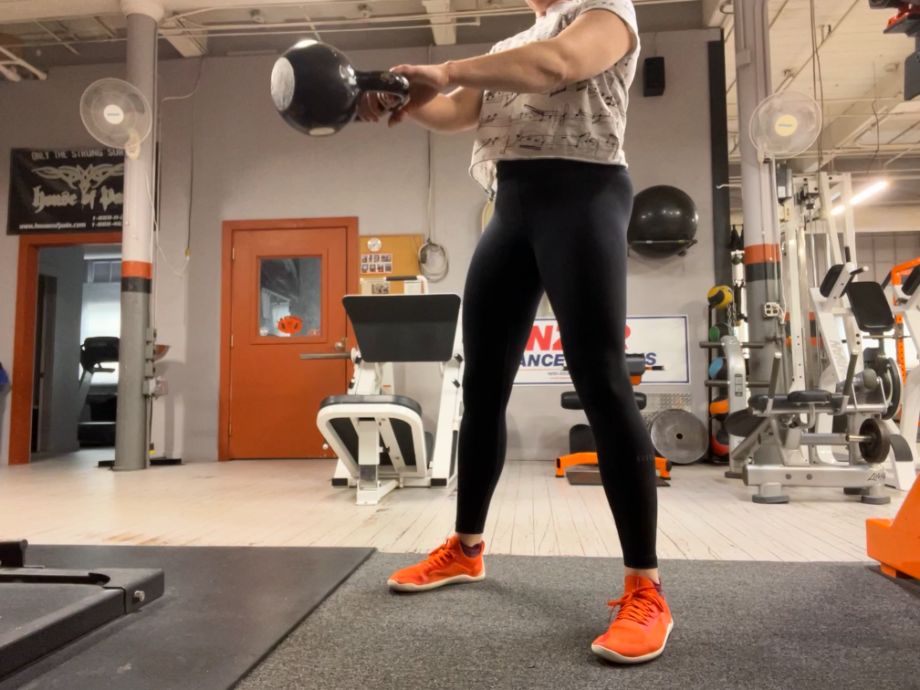
Perform another round to make this a 10-minute HIIT workout.
| Exercise | Time | Rest |
| Squat jump | 20 sec | 10 sec |
| Diamond push-up | 20 sec | 10 sec |
| Kettlebell swing | 20 sec | 10 sec |
| Burpee | 20 sec | 10 sec |
| Lunge | 20 sec | 10 sec |
| Russian twist | 20 sec | 10 sec |
| Inchworm | 20 sec | 10 sec |
| Plank jacks | 20 sec | 10 sec |
| Breay crawl | 20 sec | 10 sec |
| High knees | 20 sec | 10 sec |
The difference between this workout and the workouts above is that you have short bursts of high-intensity exercise followed by short rest periods. You can, therefore, go all-out in your exercise intervals. A 2021 review by the International Journal of Environmental Research and Public Health4 found that a HIIT session can “induce numerous physiological adaptations that improve exercise capacity and metabolic health in both clinical and healthy populations.”
RELATED: Short On Time? Condense Your Workouts: Treadmill, Weights, and Safety Tips
How To Make Your Interval Training Workouts More Effective
Now that you have five interval training workouts for different fitness levels and goals, you’ll likely want to start immediately. Not so fast! Here are three tips to make your workouts more effective:
Warm-Up And Cool-Down Properly
It’s never a good idea to skip warm-ups and cool-downs and only do the interval training workouts above. I appreciate you’re busy, but warming up before a workout can increase your body temperature and improve your flexibility. A 2010 Journal of Strength and Conditioning Research5 systematic review also supports warming up can help improve your athletic performance. After training, cooling down helps reduce your body temperature and prevents muscle soreness.
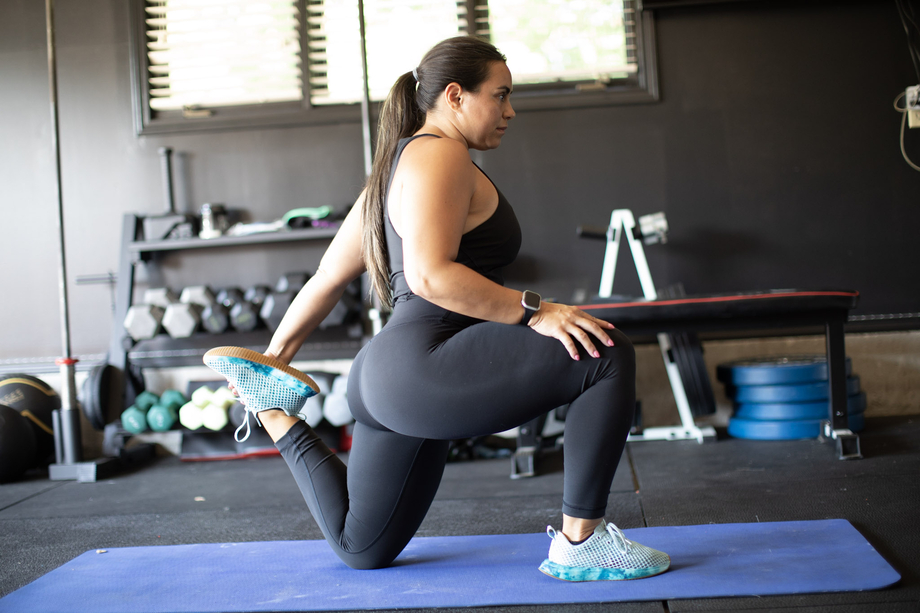
RELATED: Cool-Down Exercises
Take Rest Days
Whether your interval training workouts are high-impact or low-impact, rest days are important. If you’ve started interval workouts for the first time and love them, I’m happy for you. I know what it feels like to find workouts that you enjoy. However, your body needs time to recover, so make sure your exercise routine includes sufficient rest days.
Focus On Form
You might be tempted to scroll past this section. Don’t. In the interval training workouts above, I’ve mentioned doing as many reps as possible in a specified period. However, this doesn’t mean that you should compromise on proper form. The last thing you want is to get injured, so the correct form always comes before an extra repetition.
Benefits of Interval Training Workouts
Why should you do interval training workouts in the first place? Here are three reasons why I think you should consider adding interval training to your regularly scheduled program:
Helps Improve Your Cardiovascular Fitness
Because you alternate between exercising and resting for the duration of the workout, your heart has to pump blood more efficiently around the body, thus improving your cardiovascular fitness. Studies published in the American Journal of Cardiovascular Disease6 show that high-intensity training could be more effective than continuous moderate-intensity exercise in reducing systolic and diastolic blood pressure for better heart health.
May Be Quicker Than Regular Workouts
Simply put, with training sessions like the interval training workouts for beginners, hypertrophy, and endurance shared above, you’ll have specified exercise and rest times, leading to quicker—and more efficient—workouts.
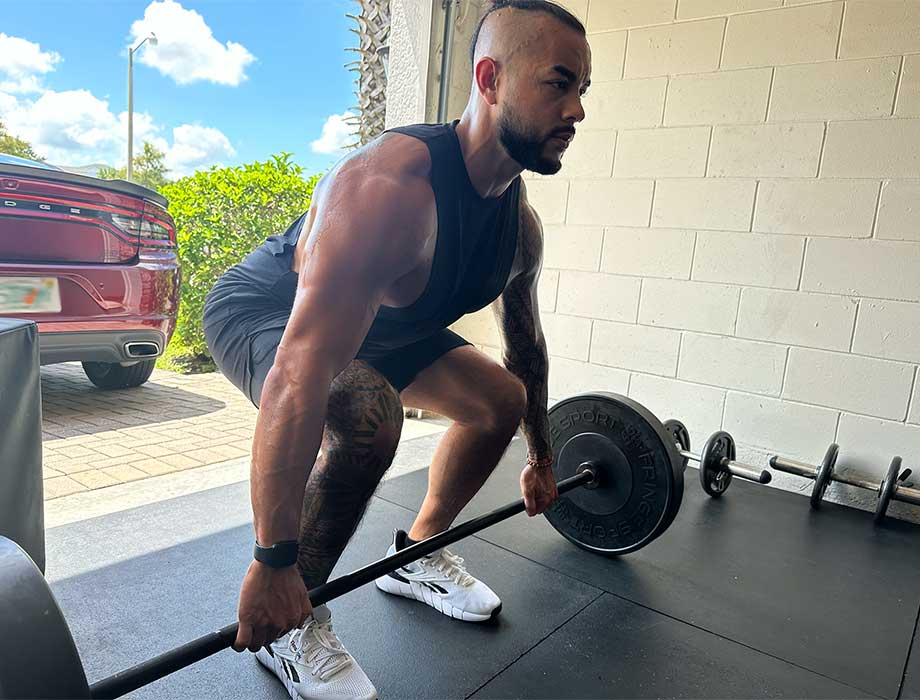
May Help Support Weight Loss
For calories burned, there are two benefits of interval training workouts. First, you’ll burn calories faster due to the increased heart rate—as explained in the Treadmill Interval Training Workout section. Second, a Journal of Sports Sciences7 review found that exercising at a higher intensity may increase post-exercise oxygen consumption (EPOC). What does this mean for you? You’ll continue to burn calories after the workout, which could help support weight loss.
RELATED: Dumbbell Workouts for Weight Loss
That said, if weight loss is your goal, it’s just as important to factor in a well-balanced nutrition plan along with a calorie deficit.
Interval Training Workouts: Final Thoughts
I love interval training workouts and have been doing them myself and with clients for the last 10 years. They’re usually quicker than regular workouts, help improve your cardiovascular fitness, and may support weight loss. If you decide to try them, make sure that you warm up and cool down properly, take rest days, and focus on proper form.
Although I’ve shared five interval training workouts for different fitness levels and goals in this guide, feel free to adapt them to fit your needs. Some exercises may be too difficult, while some may be too easy, or you might not have the necessary equipment. As long as you find a suitable alternative, I’m confident that you’ll love doing interval training.
Interval Training Workouts: FAQs
What is the best exercise for interval training?
Interval training is where you exercise for a specified length of time, rest or reduce the intensity, and then go again. Therefore, technically, you can use any exercise for interval training. That said, popular interval training exercises include:
– Bodyweight squat
– Kettlebell swing
– Push-up
– Burpees
– Dumbbell bench press
– Pull-up
– Goblet squat
Try all of the above—and more—to see what you enjoy!
What is 5/4/3/2/1 interval training?
The 5/4/3/2/1 interval training technique involves the following:
– 5 minutes of exercise, then a 1-2 minute rest
– 4 minutes of exercise, then a 1-2 minute rest
– 3 minutes of exercise, then a 1-2 minute rest
– 2 minutes of exercise, then a 1-2 minute rest
– 1 minute of exercise
This training protocol is a form of Fartlek training. It’s usually done on a treadmill or outside; however, you can apply it to other cardio machines or even resistance training exercises. Most people naturally increase the intensity as the intervals get shorter, and the 5/4/3/2/1 technique may help you feel more engaged and motivated than steady-state cardio.
Is 20 minutes of interval training enough?
Yes, 20 minutes of interval training is enough for most people. Because of the nature of interval training workouts, you burn calories quicker and for longer compared to other types of training. However, if your goal is muscle growth, you might want to do more than 20 minutes because studies show2 that training volume is an important factor in hypertrophy.
Is it OK to do interval training every day?
Whether or not it’s OK to do interval training every day depends on the length of your interval training workouts, the intensity, and other factors such as your fitness goals. If your workouts are short and low-impact, you can perhaps do interval training every day. However, if they’re more intense than this, I would recommend having at least one or two rest days per week.
References
- Sloth M, Sloth D, Overgaard K, Dalgas U. Effects of sprint interval training on VO2max and aerobic exercise performance: A systematic review and meta-analysis. Scand J Med Sci Sports. 2013 Dec;23(6):e341-52. doi: 10.1111/sms.12092. Epub 2013 Jul 25. PMID: 23889316.
- Baz-Valle E, Balsalobre-Fernández C, Alix-Fages C, Santos-Concejero J. A Systematic Review of The Effects of Different Resistance Training Volumes on Muscle Hypertrophy. J Hum Kinet. 2022 Feb 10;81:199-210. doi: 10.2478/hukin-2022-0017. PMID: 35291645; PMCID: PMC8884877.
- Schoenfeld BJ, Grgic J, Van Every DW, Plotkin DL. Loading Recommendations for Muscle Strength, Hypertrophy, and Local Endurance: A Re-Examination of the Repetition Continuum. Sports (Basel). 2021 Feb 22;9(2):32. doi: 10.3390/sports9020032. PMID: 33671664; PMCID: PMC7927075.
- Atakan MM, Li Y, Koşar ŞN, Turnagöl HH, Yan X. Evidence-Based Effects of High-Intensity Interval Training on Exercise Capacity and Health: A Review with Historical Perspective. Int J Environ Res Public Health. 2021 Jul 5;18(13):7201. doi: 10.3390/ijerph18137201. PMID: 34281138; PMCID: PMC8294064.
- Fradkin AJ, Zazryn TR, Smoliga JM. Effects of warming-up on physical performance: a systematic review with meta-analysis. J Strength Cond Res. 2010 Jan;24(1):140-8. doi: 10.1519/JSC.0b013e3181c643a0. PMID: 19996770.
- Ciolac EG. High-intensity interval training and hypertension: maximizing the benefits of exercise? Am J Cardiovasc Dis. 2012;2(2):102-10. Epub 2012 May 15. PMID: 22720199; PMCID: PMC3371620.
- LaForgia J, Withers RT, Gore CJ. Effects of exercise intensity and duration on the excess post-exercise oxygen consumption. J Sports Sci. 2006 Dec;24(12):1247-64. doi: 10.1080/02640410600552064. PMID: 17101527.



